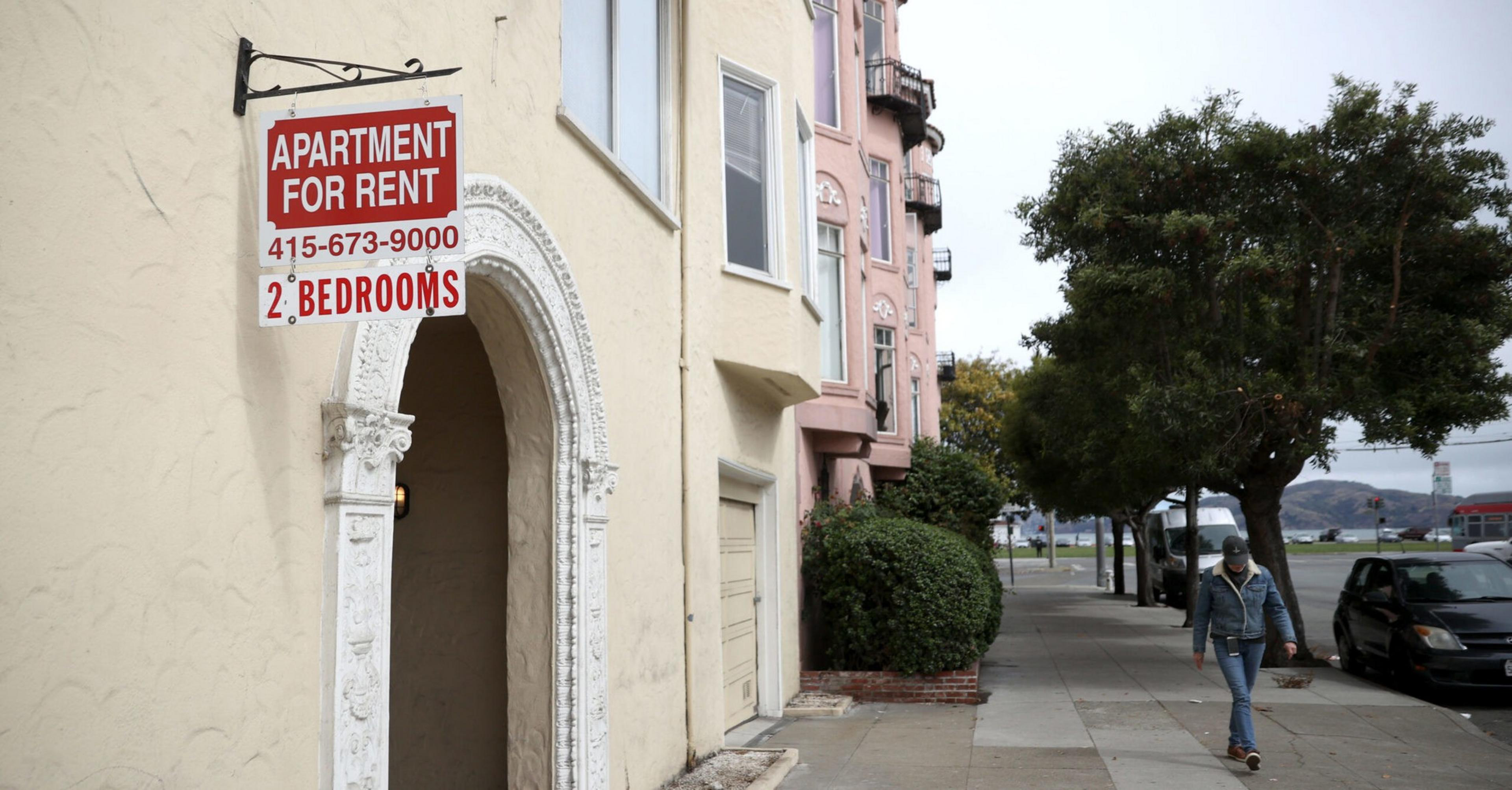California statewide rent-control rules have essentially been frozen in amber for three decades. The Costa-Hawkins Act, named after the Democratic and Republican lawmakers who sponsored it, prohibits local governments from putting rent control on homes built after Feb. 1, 1995.
The law allows property owners to charge whatever they want when a previously rent-controlled unit comes back on the market but limits how fast the rent can rise over time when a new tenant moves in.
California voters rejected Proposition 33 keeping this system in place. The measure would not have immediately implemented rent control across the state, but it would hand power back to local jurisdictions to regulate rents if they choose to.
In San Francisco, Costa-Hawkins restrictions are backdated to 1979, when the city enacted its last rent-control measure.
The measure was authored by the controversial AIDS Healthcare Foundation, which has been criticized for its handling of its own portfolio of apartment buildings in Los Angeles, where an investigation last year found more than 1,300 residents lived in squalid conditions and threat of eviction (opens in new tab).
This is the third attempt to remove statewide limits on rent control sponsored by the nonprofit on the ballot since 2017. All three attempts have failed.
Prop. 34, a separate ballot measure funded by the California Apartment Association — an interest group made up of landlords — was meant in part to neuter the AIDS Healthcare Foundation’s ability to put further rent control measures on the ballot. That measure currently has a narrow lead among voters.
